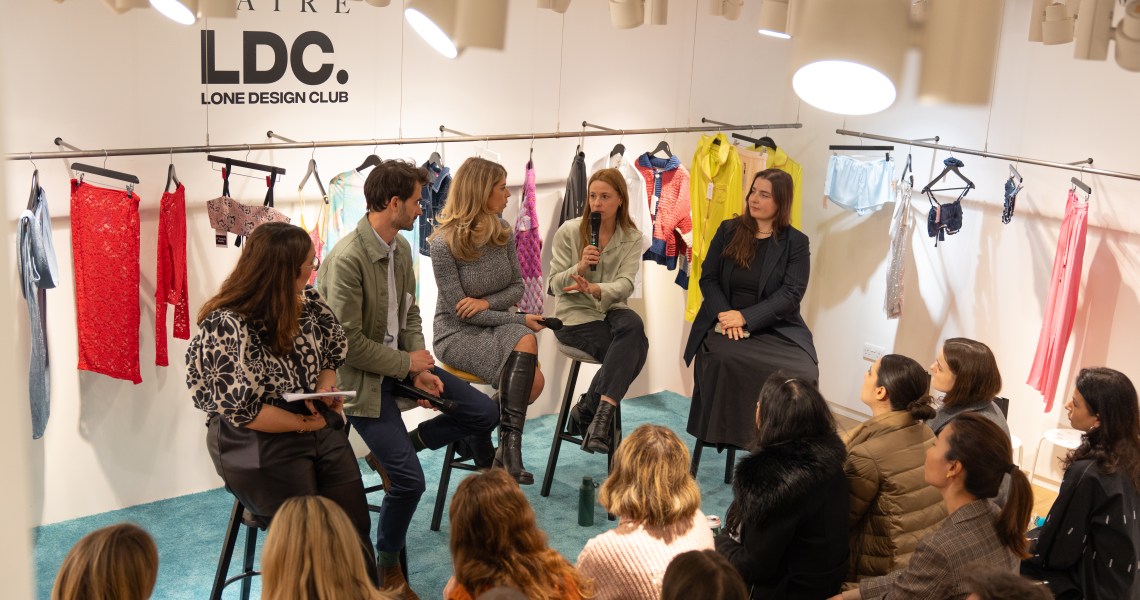Companies including online the wholesale marketplace Faire and the London concept store Lone Design Club are increasingly using data to drive their strategic decisions.
For its part, Lone Design Club is leveraging data analytics to optimize its store footprint by analyzing foot traffic, sales data per location and local customer demographics. The 6-year-old company has leased 100 retail spaces as pop-ups to thousands of U.K.-based brands. It also manages their merchandising in its stores based on its data insights.
“We always thought the locations which suited our brands were very obvious, and we had a very obvious idea of who our customer was,” said Rebecca Morter, founder of Lone Design Club, during a panel discussion in London on February 27. “What we learned from doing more of these pop-ups [and analyzing the data] is that it isn’t always the [popular locations] like King’s Road or Marylebone.”
Different store locations target different customer demographics, according to Morter. Customer data has informed where it opens stores, which locations it remodels and closes, and how it tailors store layouts and brands to local preferences.
“Increasing the average order with a specific customer is much more valuable for business than just trying to be everywhere,” Morter said.
Lone Design Club serves up its data-based insights to its partner brands, as well as its landlords around London.
According to executives at Faire, which operates in the U.S., the U.K., Europe and Australia and has more than 85,000 brand clients, retail demand has changed over time and related data analytics have become more granular.
“In Europe, the need for hyperlocal brands is much more acute than in other geographies including North America,” said Olivier Buffon, head of Faire’s international business, during the panel discussion. “It’s quite successful for European retailers to show more local brands that are very close to where [shoppers] are, with international brands making up the remaining 10-20%.”
According to Buffon, brand data and personalization allow Faire to support retailers on decisions related to product returns, flexible payments and personalized products. The company also uses data to anticipate market demand based on historical sales, customer behavior and broader market trends.
Traditional DTC brands are also using data to personalize their offerings for their unique customer. Morter pointed to fashion brand Me+Em, founded in 2009, which has been testing a new personalization strategy based on data on who its most valuable customers are. The brand, which sells online and in-store, earned £82 million in 2023 revenue as of November, according to The Times.
“Their omni-channel customers are three times more valuable than their single-channel customers, and that’s only increasing,” said Morter.
Me+Em chose to launch “to your door” delivery in 2022, where customers could try on items at home and immediately return them as needed. “They did this because of the way their customers were shopping online and in-store,” said Morter. “There was a gap, and it was a way for them to be able to increase the average order values, decrease the returns and improve the customer experience they were giving.” Me+Em has continued with the service as an add-on to any order for $18 (£14).
“As a result of data [and more understanding about how people shop], we’re becoming a multi-channel world,” said Morter. “A customer doesn’t just want to buy on one channel, they want to be able to discover and play with a brand and interact in different channels and convert in a way that suits them.”




